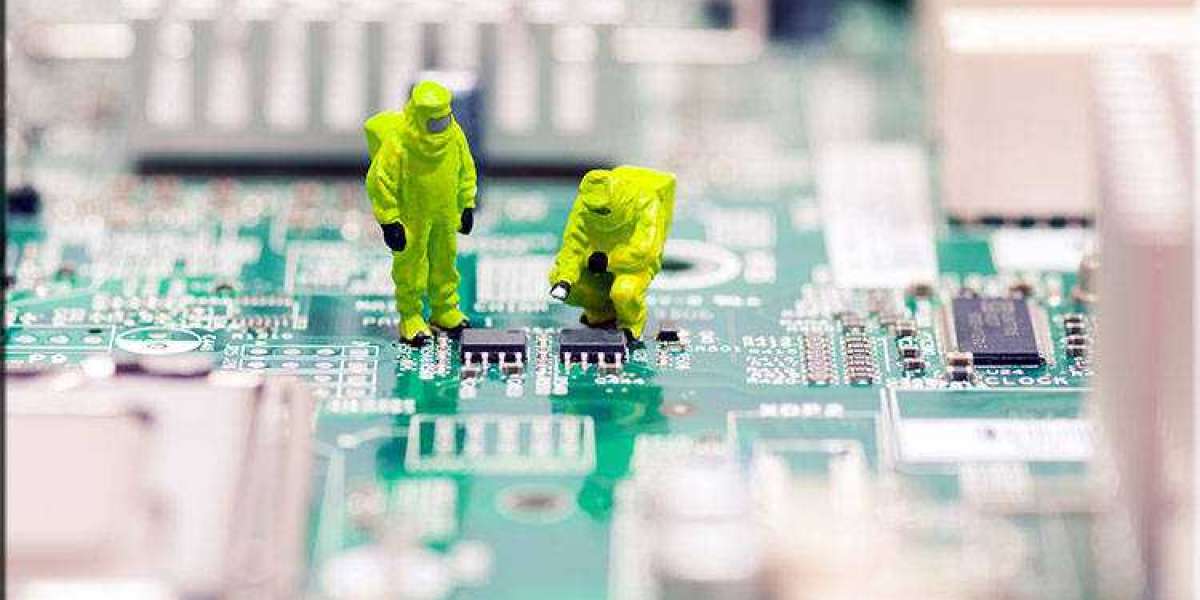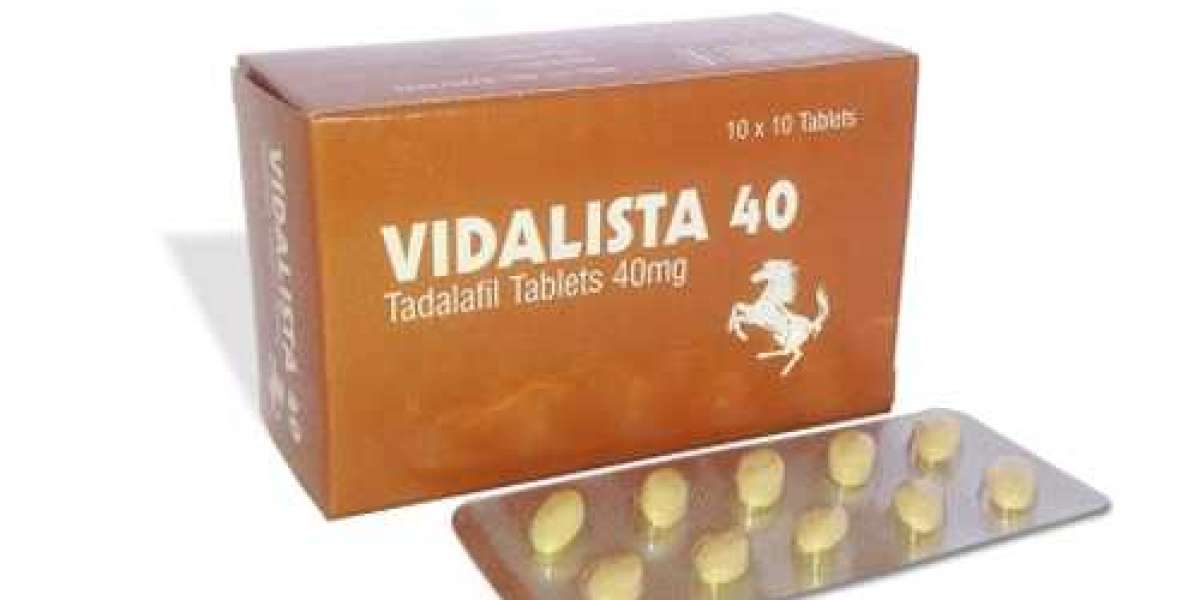Introduction of heat shrinkable tube:
First of all, let us understand what heat shrink tubing is. Simply put, heat shrink tubing is a special thermoplastic material that, when heated, shrinks in size and fits tightly to the object it covers. It is designed to protect wires, cables and various components from moisture, abrasion, chemicals and other environmental elements that can cause damage.
The main function of the heat shrinkable tube:
- Insulation: It acts as an electrical insulator, preventing current leakage and ensuring safety in electrical and electronic applications
- Protection: It protects the covered components from external factors, mechanical stress and environmental hazards
common problem:
How much will the size of the heat shrink tube shrink after heating?
Different heat shrinkable tubing shrinks differently, it mainly depends on the shrinkage rate of the specific heat shrinkable tubing. For example, a 5 mm diameter tube with a 2:1 shrink ratio will shrink to 2.5 mm when heated sufficiently, and most heat shrink tubing also shrinks slightly along its length (rather than its radius). This size reduction is usually about 5-15% of the overall length. Therefore, we need to specify the size of the heat shrinkable tube required for our project when selecting the heat shrinkable tube.
At what temperature does the heat shrinkable tube shrink?
The shrinkage temperature of heat shrink varies greatly, mainly depending on the material used for heat shrink tubing. The more popular heat shrink tubing materials are polyolefin and PVC, in addition to these two materials, you can also find more specialized heat shrink tubing made of rubber elastomers, PVDF, silicone, PTFE, FEP and Viton on the market, poly The typical shrink temperature of olefin is around 90°C, while that of PVC material is 100°C. Each heat shrink tubing has its recommended heating temperature, which you can find in its specification. If it is not marked, you can also ask the supplier or commodity dealer.
Why is heat shrink tubing recommended?
Heat shrink tubing is recommended because it has many advantages and is an excellent choice for insulation or added strain relief. It shrinks quickly, is durable, flexible, and comes in a variety of colors. Heat shrinkable tubing with adhesive will have more benefits, such as waterproof, anti-corrosion. And in theory, as long as the heat shrink tube is stored under suitable conditions, it can be stored indefinitely, but keeping it cool, dry and avoiding sunlight is an essential storage condition. Conversely, exposing heat shrink tubing to liquids or UV radiation can cause some types of heat shrink to degrade rapidly. Also something to take care of before use, especially if it's been in storage for a while, if the heat shrink looks and feels like new then there shouldn't be any issues with it. Conversely, if the tube appears discolored or hardened, it may not perform as expected.
Usually, I prefer to use Alpha wire—F105MS/1 BK032 heat shrink tubing, its product attributes are very consistent with my project requirements.
Is the heat shrink tubing conductive?
Heat shrink tubing is an excellent electrical insulator, and conventional heat shrink tubing is non-conductive. Appropriate UL or CSA listed heat shrink tubing lists its maximum voltage on the data sheet under "Dielectric Strength". However, you can also find shrink tubing with a conductive interior. Known as "solder-sealed wire connectors," these parts are perfect for creating soldered, watertight connections in cars or boats. You can choose whether you need conductive heat shrinkable tubing according to your project needs.
in conclusion:
Heat shrink tubing is an invaluable solution in a variety of industries, providing insulation and protection for wires, cables and electronic assemblies. However, to take full advantage of its benefits, users must be aware of common issues and implement best practices during installation. By selecting the correct size, using proper heating techniques, and considering environmental factors, you can ensure the longevity and effectiveness of your heat shrink tubing application.
If you're looking for simple heat shrink tubing for your DIY home or electronics projects, a premium 2:1 heat shrink kit in a variety of sizes will give you what you need while lasting a while.
For more demanding applications requiring waterproofing, the 3:1 ratio heat shrink of the bonded liner is the better choice. The tube forms a tighter fit around the target component, and once melted, its adhesive creates an impenetrable seal.
If you want to form a solder joint while shrinking the heat, a solder-sealed wire connector is your best choice. These allow you to create watertight solder joints simply by using a heat gun.








